by Angela Wilkinson
“What’s that smell?” a first grader remarks as I lead my last tour around the William Jack Hernandez Sport Fish Hatchery. I take a deep breath and think hard about the fishy odor I have grown so used to during my three month internship here at the hatchery this past summer. I tell the first graders that it’s the smell of fish and it’s the best smell in the world. I take the opportunity to ask this group of children if any of them have caught a fish before and, as usual, I learn that less than half of the group has ever been fishing. Fishing was an integrated part of my childhood. My fondest memories growing up are drifting for Dolly Varden with my dad on the Kenai River. I can’t imagine a childhood in Alaska without any fishing.
Every tour, I am reminded of how important this hatchery and its stocking programs are to youth in Alaska by providing frequent fishing experiences for children. This single hatchery stocks over 200 lakes in South Central Alaska with catchable-size Rainbow Trout, Arctic Grayling, Arctic Char, Chinook salmon, and Coho salmon. These stocked lakes provide opportunities for everyone to catch a fish for sport without having to drive long distances or spend lots of money. The William Jack Hernandez Hatchery also stocks smolt Chinook and Coho salmon into ocean locations around Alaska to increase sport fish populations for future generations. Releasing the smolts in the ocean give them the opportunity to grow larger in a natural environment. The Chinook smolts are released weighing about 13 grams and will return in two to five years to their release site weighing 30-60 pounds on average. The Chinook salmon is a large part of Alaska’s economy as a tourist attraction and commercial harvest. The hatchery produces about five million fish a year for a sport fishing industry that generates $20 million a year for the Alaskan economy.
Explaining economic facts to a group of first graders is a challenge, so I keep the tour moving through the visitor corridor of the hatchery to our first stop: Chinook smolt production. We look down on twelve large green tanks. Each tank holds close to 100,000 one-year-old Chinook smolts swimming against the current. The fish instinctively swim against the current until they mature to the age when in the wild they would swim out to the ocean. At that age the fish switch and start swimming with the current. But these fish are not quite ready for that adventure.
The recirculating water system at the hatchery is state of the art and reuses 95% of the hatchery’s total water consumption. This helps reduce the utility costs for this facility. I spent the majority of my internship in the smolt production area, cleaning filters, cleaning tanks, loading trucks, filling tanks and checking water quality. My supervisor in the smolt area, Greg Carpenter, is an excellent fish culturist; he has kept me interested in working in aquacultures after I graduate. When I start my senior year in the fall, I’ll tell all students in a Biology or Fisheries discipline to apply for next year’s internship, an incredible opportunity available to residents and non-residents and paid through the State of Alaska.
The highlight of working in the smolt area was loading trucks for stocking trips. We would corral the fish in the tank and use a large fish pump to suck the fish out of the tank through several yards of hose to a dewatering tower, which extracts the water from the fish before they fall into the tank on a transport truck waiting outside; the rising water level in this holding tank, as the fish plop down, will signal the total number of smolts for the stocking run. The Alaskan artist Ray Troll painted a couple of the trucks over the summer and I was granted the opportunity to meet him. He transformed the trucks from steel boxes to beautiful, colorful, fish-themed, mobile works of art.
The tour continues through the visitor center to the rearing area. This area of the production floor is smaller and has miniature green tanks. This is the area where all the fish are ponded after hatching; they are released from incubation trays into tanks of water. My tour group stares down into the green tanks at the dark clouds of fry—younger and smaller than the smolts—swarming around against the current. This is a delicate time of development and the fry are looked after with great care.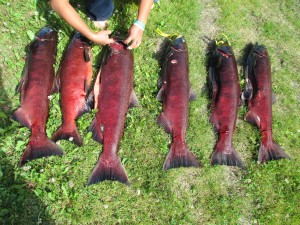
We move on to the largest area of production in the hatchery, the catchable area, which houses large green tanks—like those in the smolt area—that are full of tens of thousands of 100-gram Rainbows, Grayling, Coho and Arctic Char. A few of my fellow hatchery employees are down on the floor filling a stocking truck for transport. I think back to the few times when I accompanied fish culturists on these stocking trips. Some of my fondest memories of my internship are from working with volunteer groups out in the field, educating the public on the role of the William Jack Hernandez hatchery in the community.
My tour group begins to get restless and so I lead us to the incubation room. The hall is dark and lit only by red lights. I have the children sit in front of an incubation tray as I explain the process of developing fish eggs and the extensive care it takes to make sure all the eggs hatch at the same time even though they’re collected over a four month period. I pass around different-sized feed pellets and have each child come up and gaze at the tray. I explain that the lights are red because fish embryos get very stressed from bright lights and fish can’t see red light, so they think it is dark, but it provides enough light for the hatchery employees to do their job. When the eggs reach the stage of developing eyes, they are run through a picker and those that aren’t developed are picked out of the incubation trays and disposed of. Eliminating these unfertilized eggs reduces the spread of infection in the incubation trays. The incubation room is also where the fish receive their otalith thermal marks. By manipulating the water temperature, the fish develop rings on their ear bones that can later be read when they are caught as adults. The rings act as a barcode and identify what hatchery the fish came from and what site they were released at.
The eggs are collected from fully grown brood stock. The brood stock are raised in the hatchery facility, collected at the hatchery location in a raceway holding tank or collected from weirs around Alaska. Rainbow Trout and Arctic Char brood stock are raised on site in their own production area. Salmon brood stocks are collected outside of the facility. My tour group becomes excited as I lead them out of the facility toward Ship Creek, to the fish ladder and brood stock raceway on the grounds of the hatchery. All of the Coho brood stock and some of the Chinook brood stock are collected in these raceways. I spent a lot of my internship chest deep in 10∘ C water netting and sorting uncooperative salmon. This is also a location for harvesting eggs and milt from mature salmon. I participated in every part of spawning the salmon, from stunning them, to collecting eggs and milt containing millions of sperm, to collecting pathology samples and collecting genetic samples. As I lead the tour by the raceways the children remark at the fins rolling in the water. This year’s Coho brood stock are ripening up as we walk by.
I end my last tour like I’ve ended every tour I’ve led during my internship, by taking a photo of this group in front of the manmade waterfall on Ship Creek behind the hatchery. I’m not sad about the end of my internship—I know that the next time I return, I will be one step closer to working at the hatchery permanently.
[divider]About the Author: Angela Wilkinson
Angela Wilkinson was born and raised in Anchorage, Alaska and has lived there her entire life. Her childhood was full of fishing and four wheeling in the Alaskan summers and snowboarding and snowmachining through the cold winters. Angela is currently finishing her Senior year at Alaska Pacific University. She plans to stay in Alaska and pursue a career in Marine Biology.
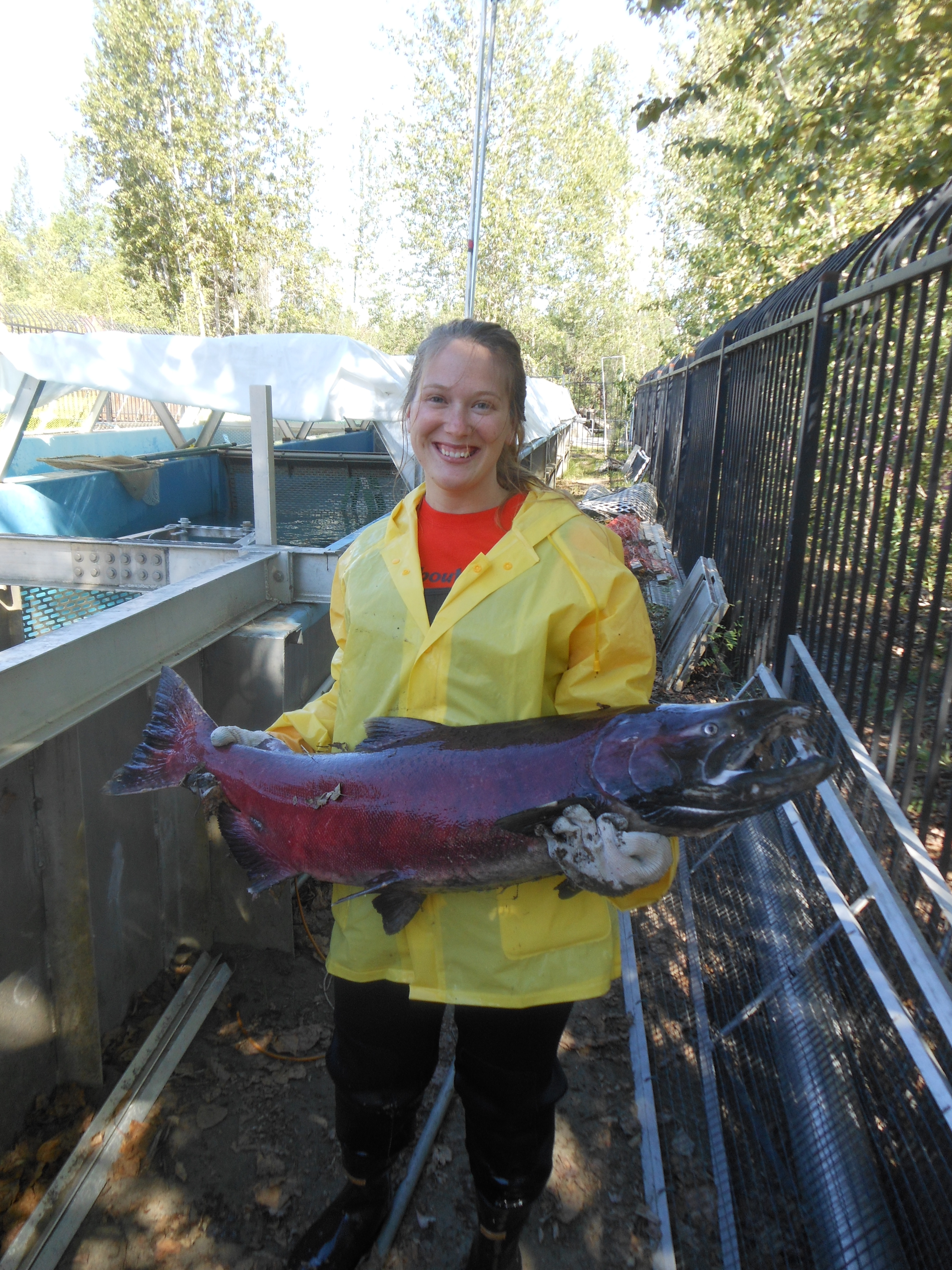
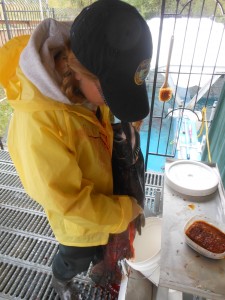
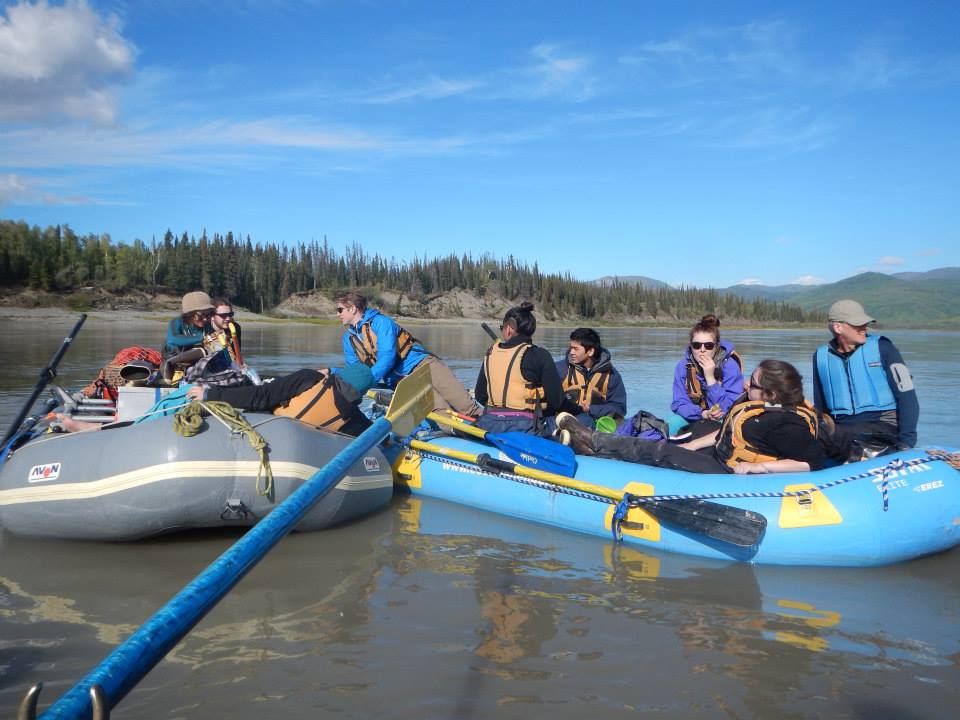

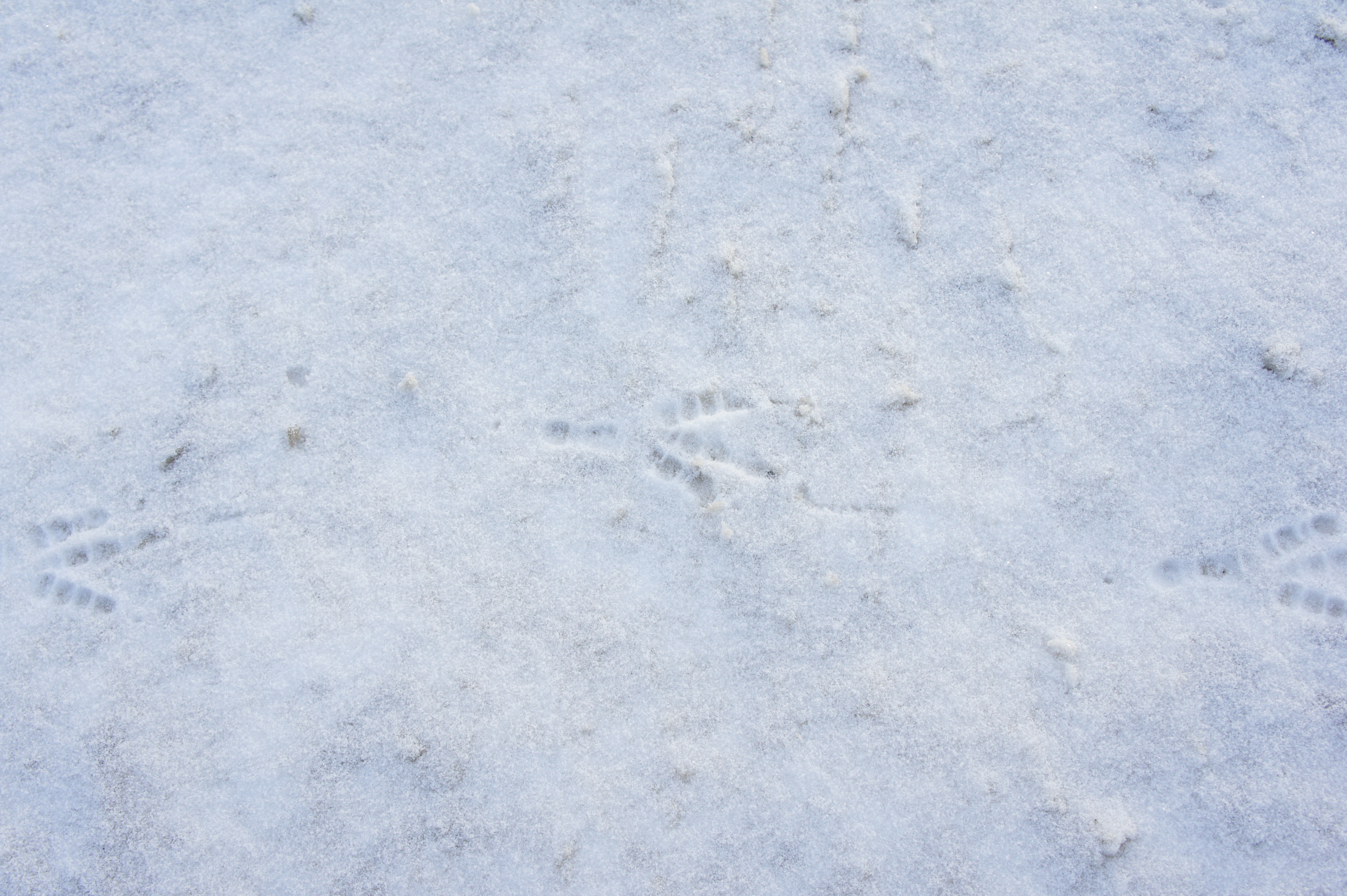
2 Comments
Hannah@best air fryer
Explaining economic facts to a group of first graders is a challenge
Benicius@leather jackets
Very nice article, thanks for sharing.
Greetings